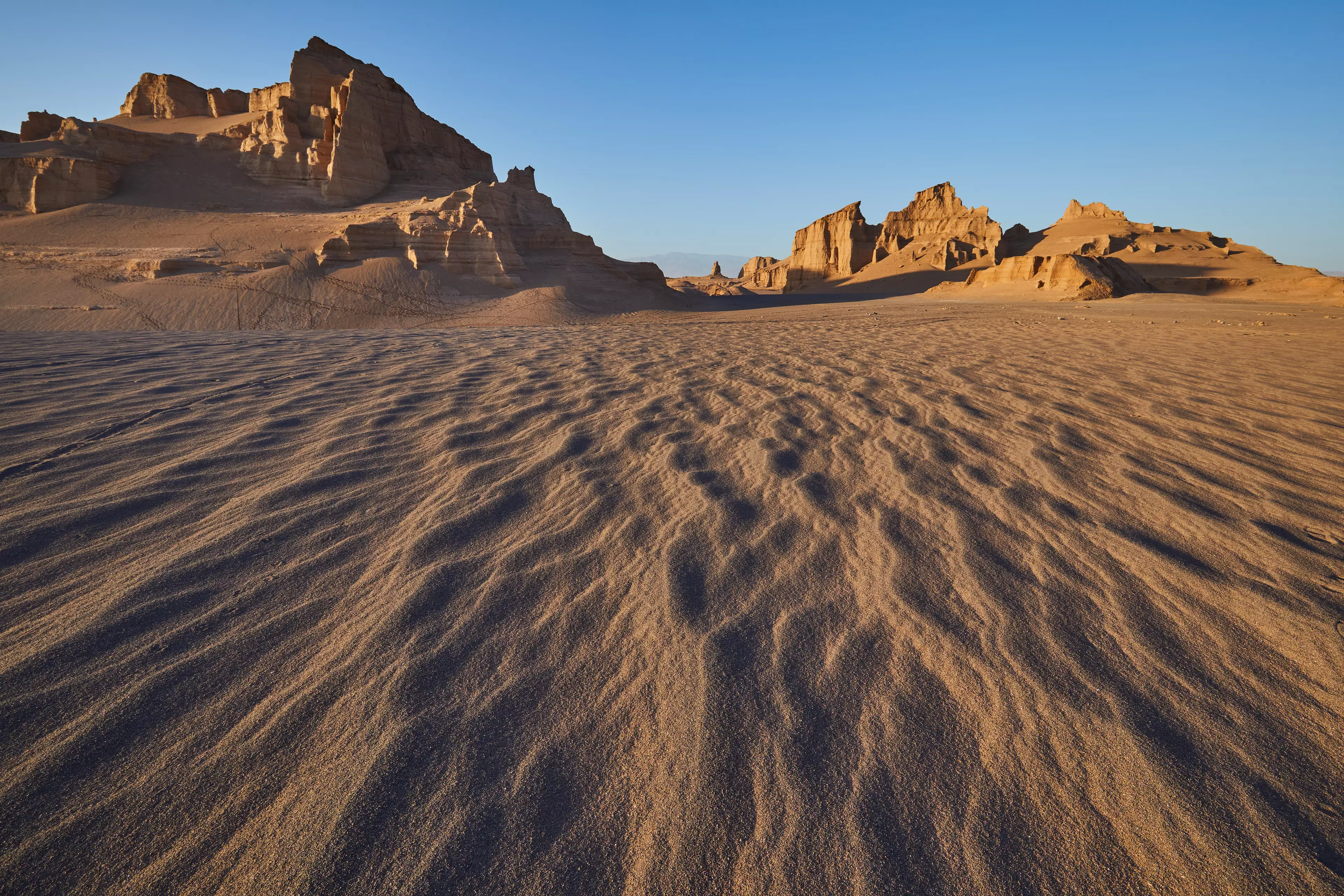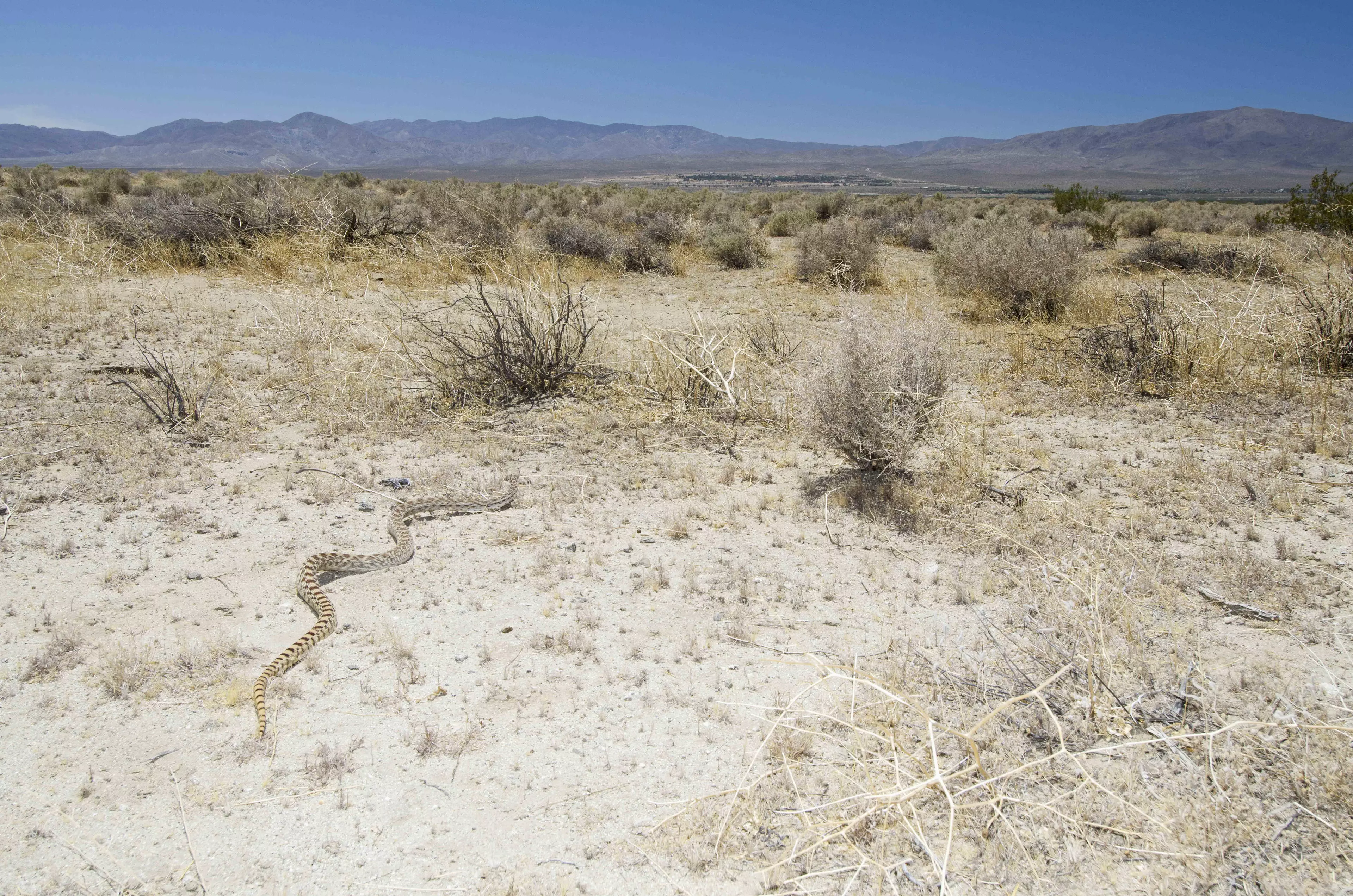
Death Valley in California isn't actually the hottest place on Earth as widely believed, according to new data.
Researchers from the University of California, Irvine, found that surface temperatures were actually much higher in Iran's Lut Desert and the North American Sonoran Desert, which straddles the US-Mexican border, covering large parts of Arizona, California, and North-Western Mexico.
While temperatures in Death Valley can reach 134.1°F (56.7°C), surface temperatures in these two other locations can reach heights of up to 177.4°F (80.8°C) - although researchers said the Lut Desert is more consistently hot.

Death Valley is, of course, still incredibly hot, with the world record highest air temperature of 134°F (57°C) recorded at Furnace Creek on 10 July 1913.
Advert
According to the National Park Serivce, summer temperatures often top 120°F (49°C) in the shade with overnight lows dipping into the 90s°F (mid-30s°C).
Most previous studies of extreme temperatures have primarily honed in on atmospheric temperatures.
But the new study - published in the Bulletin of the American Meteorological Society - used 18 years of the latest version of the Moderate Resolution Imaging Spectroradiometer (MODIS) land surface temperature (LST) data to 'globally investigate the spatial patterns of hot and cold extremes as well as diurnal temperature range (DTR)'.
The authors write: "While the behavior of the atmosphere in response to more anthropogenic emissions is well studied, the response of the land surface under different emission pathways is not well understood.

"It is hoped the future research in this direction can shed light on not only how extremes have changed in the past but how they will likely affect our planet in the future."
Advert
Lead author Yunxia Zhao of the University of California, Irvine, said it is unclear whether or not climate change is driving up surface temperatures.
However, ScienceMag reports she said the Sonoran's highs coincided with La Niña, a climate oscillation featuring cooler surface temperatures in the central Pacific Ocean and drier desert conditions.
Zhao and her colleagues also found that the maximum temperature swing in a single day was 81.8°C (179.2°F), from -23.7°C (-10.7°F) to 58.1°C (136.6°F) on 20 July 2006 in China's Qaidam Basin.
The team were also able to identify the coldest place in the new analysis, with Antarctica bagging the top spot with a low of -110.9 °C (-199.6 °F), which is 20 degrees lower than previous estimates.
Featured Image Credit: PATopics: Weather, World News, News